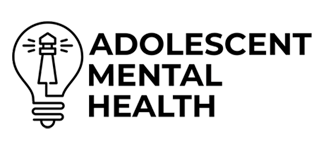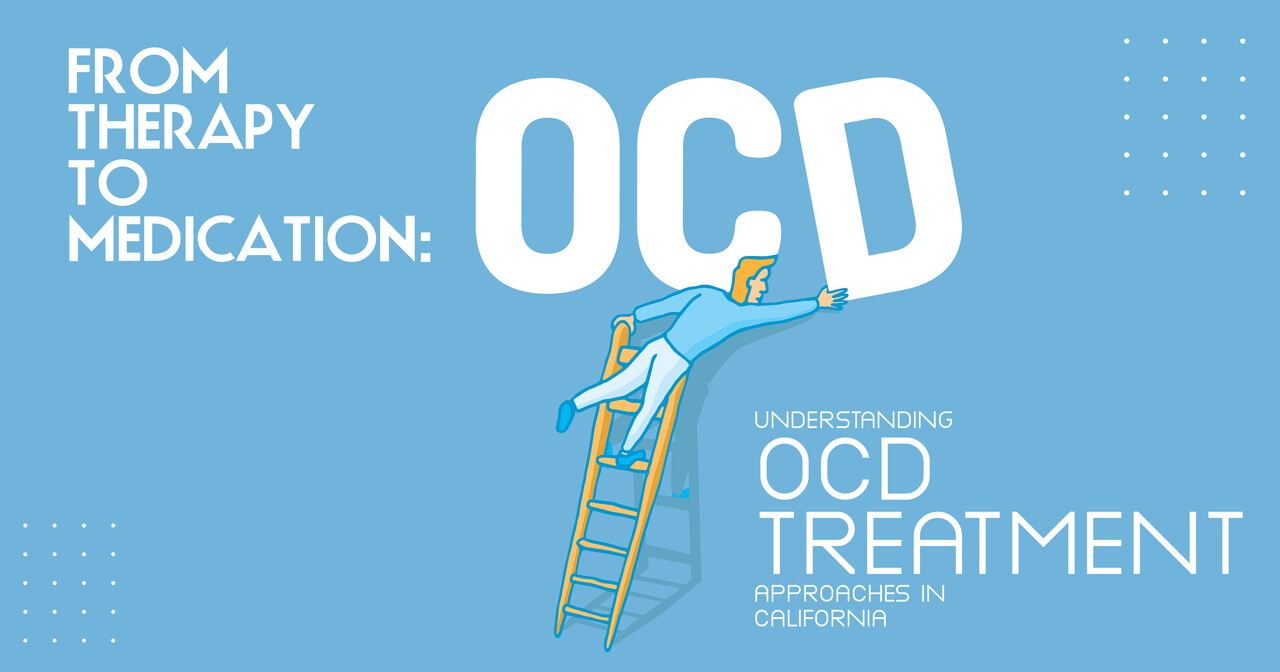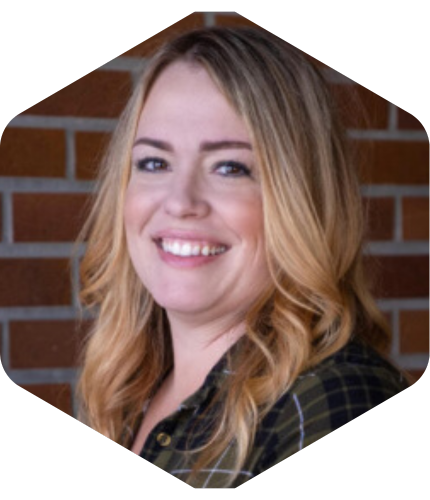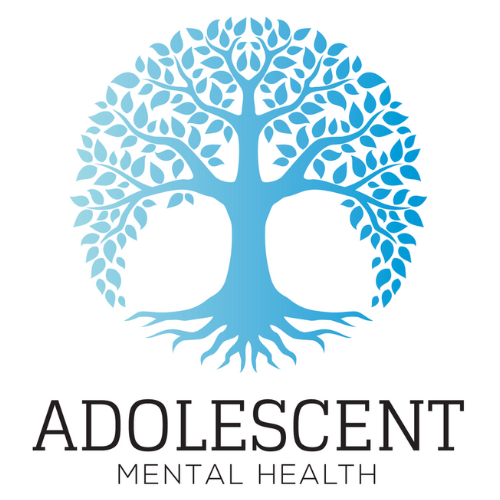From Therapy to Medication: Understanding OCD Treatment Approaches in California
What Is OCD?
Obsessive-Compulsive Disorder (OCD) is a mental health disorder and medical condition marked by common obsessions and compulsive behaviors. Obsessions are unwanted thoughts, and compulsions are ritualistic behaviors or repetitive movements used to reduce feelings of anxiety. These actions may seem necessary to avoid a distressing situation, but they often worsen the cycle of obsessions over a prolonged period.
OCD can affect social relationships, academic performance, and quality of life. It can also co-occur with other mental disorders such as Anxiety disorders, Body Dysmorphic Disorder, Hair-Pulling Disorder, skin-picking disorder, Olfactory Reference Disorder, and major depression. A subtype called obsessive-compulsive personality disorder also shares some traits with OCD but differs in cause and treatment.
Common Signs of OCD
Common obsessions include fear of germs, aggressive thoughts, or needing symmetry.
Common compulsions include handwashing, checking, counting, or arranging.
Mental compulsions involve internal actions like praying or repeating words.
Symptoms often appear in childhood-onset obsessive-compulsive disorder, especially after infections such as strep throat. This connection is studied in family studies and neuropsychiatric disorders.

OCD Treatment Options in California
California offers many effective treatments. A health care provider may recommend therapy, medication management, or a mix of both. Each individual patient requires a personalized plan based on symptom severity, age of onset, and any comorbid depression.
Cognitive Behavioral Therapy (CBT)
CBT is a core behavior therapy used to manage OCD. It targets the automatic behavior that maintains compulsions and obsessions.
How CBT Helps:
- Identifies irrational thoughts
- Replaces rituals with healthier responses
- Reduces reliance on repetitive movements and rituals
CBT includes structured exercises like exposure exercises and imaginal exposure to reduce the need for rituals. The process uses an exposure hierarchy to gradually face fears in controlled exposure situations.
ERP: Exposure and Response Prevention
Exposure and Ritual Prevention (ERP) is a specialized form of CBT. It is a leading response prevention therapy that helps reduce compulsions and intense anxiety.
ERP exposes patients to triggers through actual exposure without allowing the compulsion. Over time, patients build resistance to intrusive thoughts. ERP has been validated in double-blind placebo-controlled studies, blinded studies, placebo-controlled trials, and open-label trials.
Medications for OCD
Medications support therapy and help many patients with treatment-resistant obsessive-compulsive disorder.
Common Options:
- SSRIs: Fluoxetine, Sertraline, Escitalopram
- Fluvoxamine-refractory obsessive-compulsive disorder
- Paroxetine-refractory obsessive-compulsive disorder
- Clomipramine (a tricyclic antidepressant)
In disorder refractory to SSRIs, providers may use augmentation therapy.
Augmentation Strategies:
- Augmentation of serotonin reuptake
- Augmentation agents (e.g., low-dose risperidone)
- Antipsychotic augmentation
- Augmentation in treatment and augmentation in patients
- Augmentation for treatment of Refractory obsessive-compulsive disorder
- Augmentation of paroxetine and augmentation of fluvoxamine treatment
Research by Bellodi L. shows low-dose risperidone augmentation can help when SSRIs are not enough.
Monitoring Treatment:
Medications require routine check-ins with your healthcare provider to assess dosage, side effects, and partial response. Your provider may suggest an appointment time every few weeks to evaluate progress.

Holistic and Complementary Therapies
Many patients in California choose holistic care to enhance traditional approaches.
Examples:
- Relaxation techniques like mindfulness and deep breathing
- Yoga to regulate mood and stress
- A healthy diet for physical and emotional support
- Anti-fungal medications in select cases
- Ablative techniques for severe, treatment-refractory obsessive-compulsive disorder
These methods support the amelioration of symptoms and can improve outcomes when used responsibly.
Neuromodulation and Advanced Care
Advanced options help those with treatment-resistant obsessive-compulsive disorder.
Emerging Therapies:
- Transcranial Magnetic Stimulation (TMS)
- Deep Brain Stimulation (DBS)
- Imaging of symptom provocation using magnetic resonance imaging
- Studies targeting brain regions, brain circuitry, and brain metabolic activity
- Focus on nerve cells and biomarkers as predictors of response
These treatments are still under investigation in clinical studies and double-blind, placebo-controlled trials.
Support Resources in California
People with body-focused symptoms or long-standing OCD benefit from strong support systems.
Options Include:
- Local support groups for OCD and related mental health disorders
- Online forums and communities for shared advice
- Education workshops about social interactions, relapse prevention, and maintenance strategies
Support can reduce isolation and provide peer-based insights during difficult times.

FAQs: OCD Treatment in California
What is the first step for getting help with OCD?
Start by scheduling an appointment time with a qualified health care provider who understands OCD.
Is ERP the same as CBT?
ERP is a form of CBT focused on response prevention therapy, using actual exposure and structured sessions.
What if medications don’t work?
If first-line medications fail, augmentation in treatment or antipsychotic medications may be used under supervision.
Are there risks with advanced therapies?
Yes, some neuromodulation options are still in clinical studies and should be considered only when traditional care fails.
Can OCD go away on its own?
Without treatment, OCD can worsen over a period of time. Seeking early help improves outcomes.
Final Thoughts
OCD is a treatable condition. California offers proven, effective treatments backed by adequate trials, placebo-controlled studies, and real-world success stories. With therapy, medication, and support, individual patients can see symptom relief and live a healthier life. Early diagnosis, consistent care, and evidence-based methods help improve quality of life for teens and families managing OCD.









